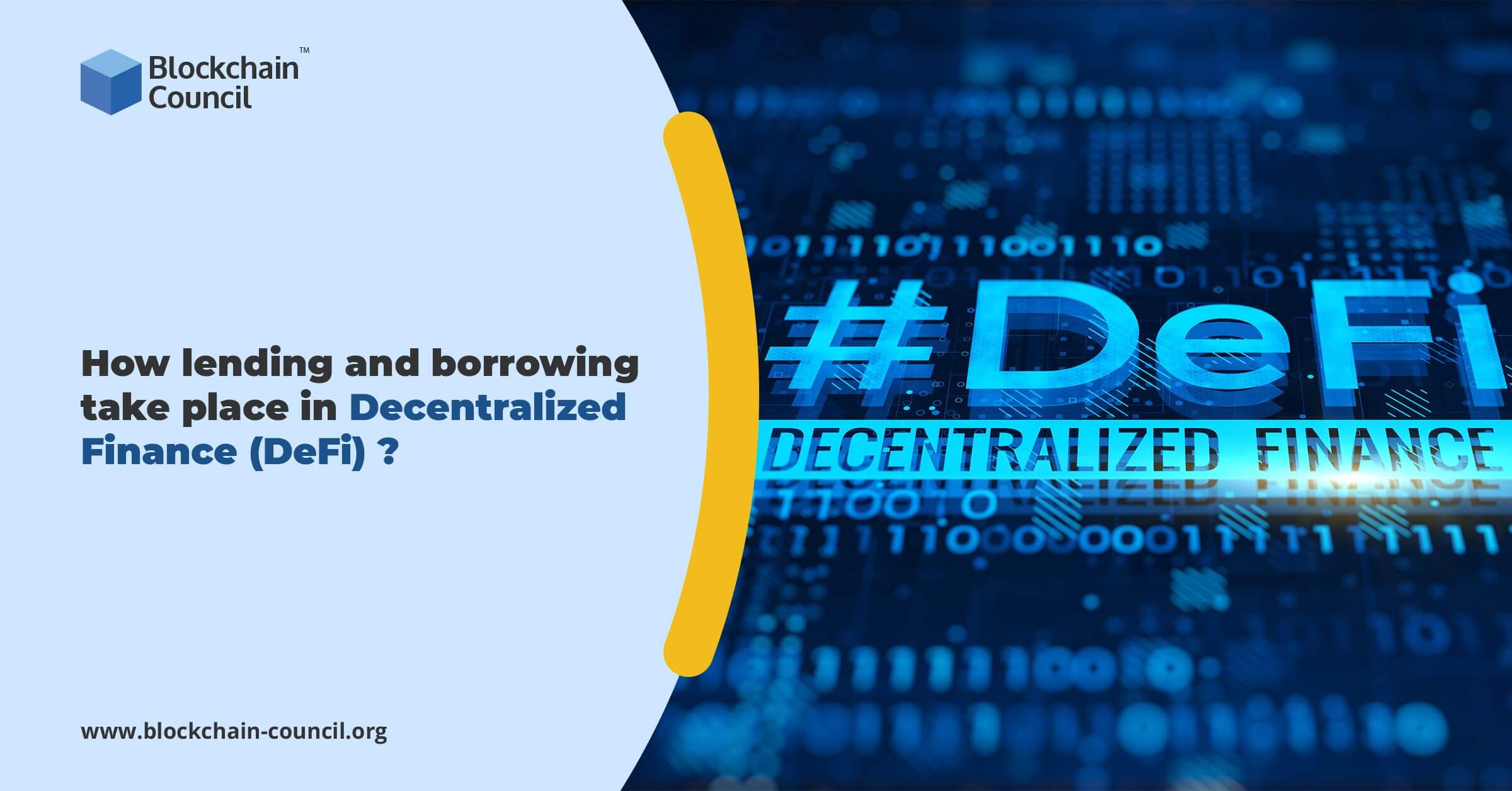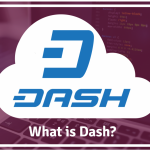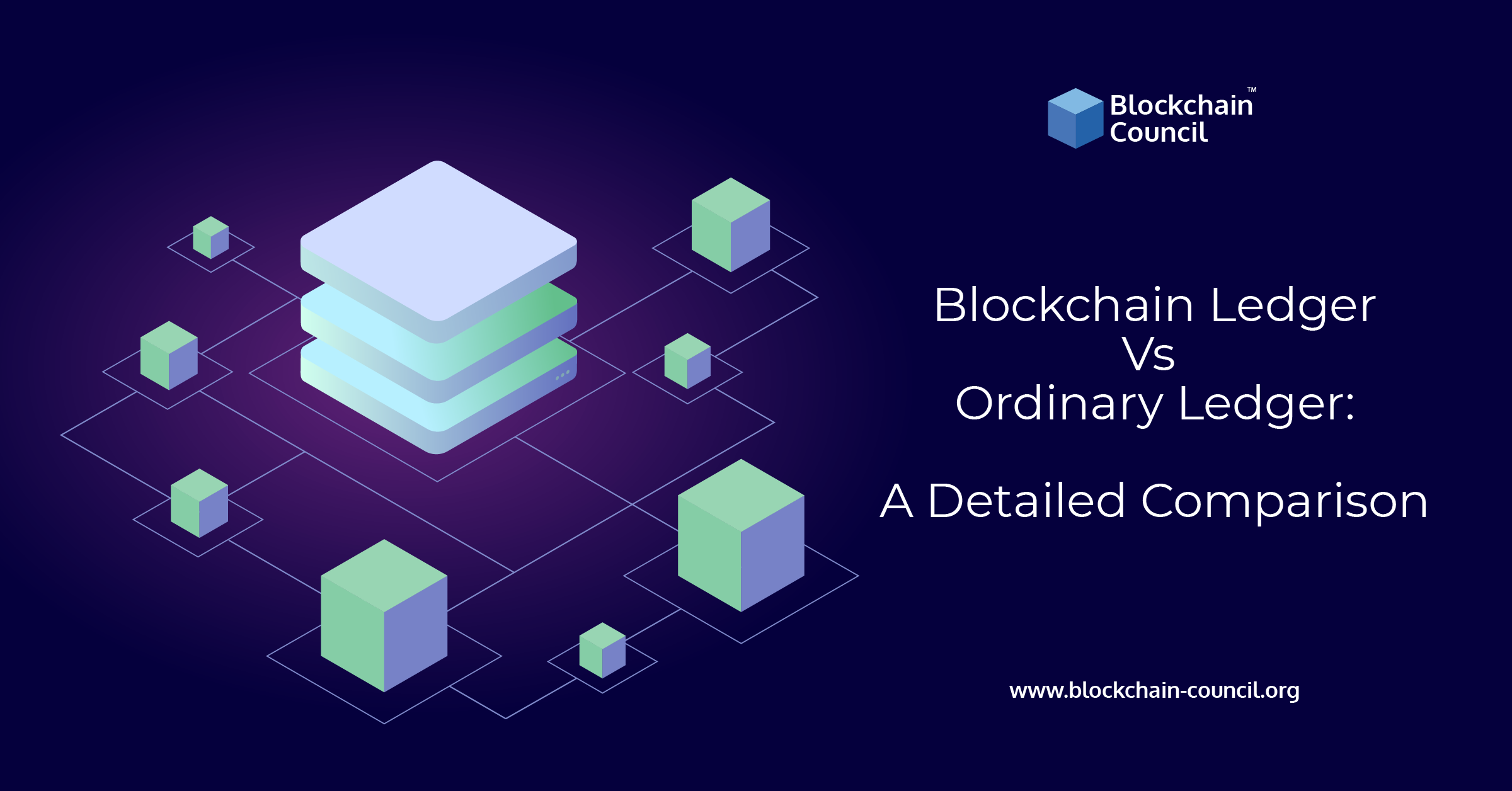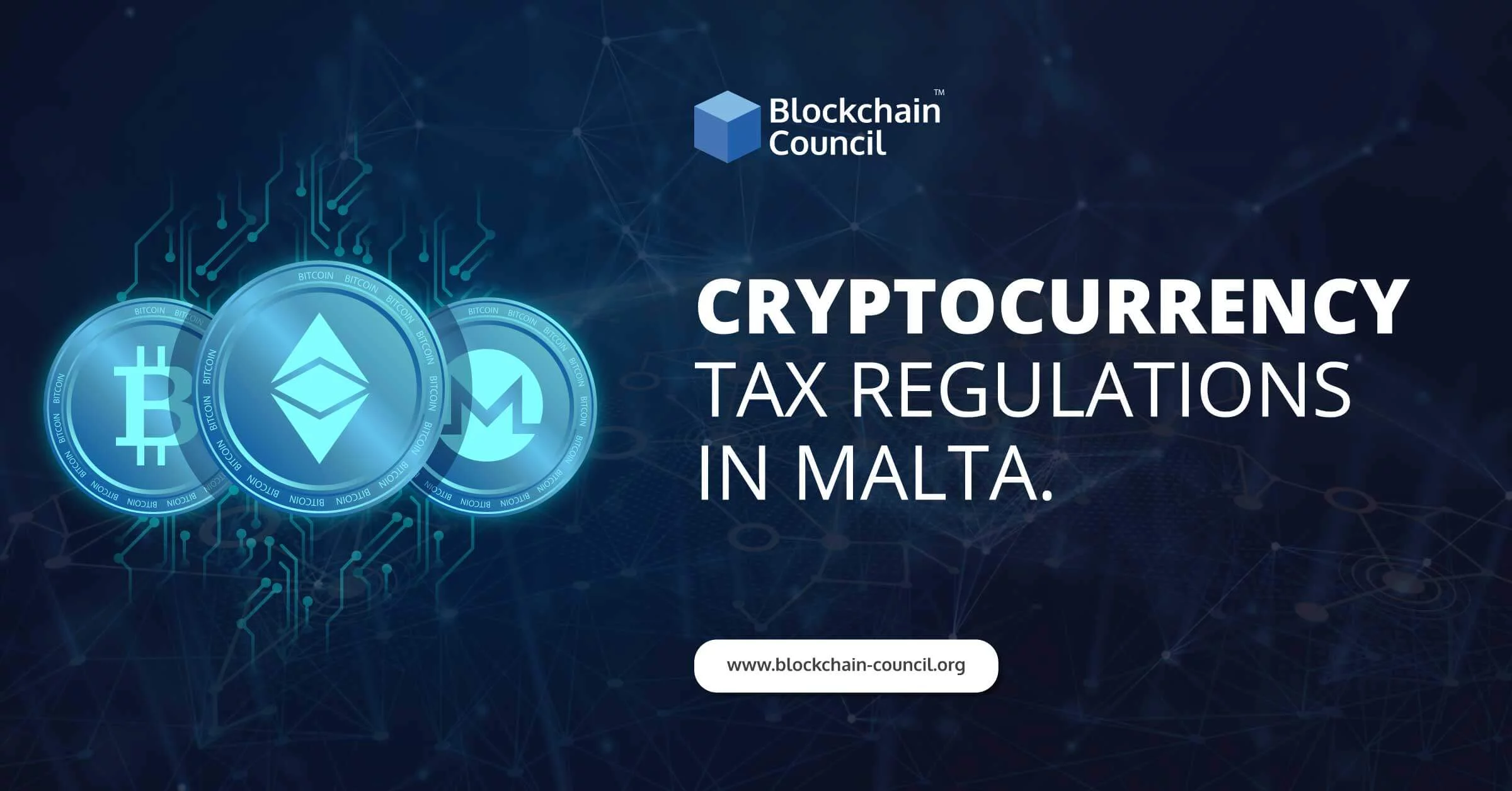
- Anshika Bhalla
- June 07, 2021

As associations began exploring different avenues regarding the potential of Blockchain technology, the financial area has additionally introduced the need to assemble blockchain-based fintech applications. By covering practically every financial service from online installments to cryptocurrency trading and its storage, Blockchain is set to change the conventional finance system. With the rise of DeFi (Decentralized Finance), Blockchain has become more assertive.
With loads of enthusiasm yielded effectively in the market, DeFi has continued thriving ahead and drawn in a significant capital sum since 2020. As indicated by DeFi-Pulse, the Total Value Locked (TVL) in DeFi programs is at $20.46 billion today, up from under 1 billion dollars a year ago.
Let’s look into what makes Decentralized finance and Defi lending such a significant hit. This article discusses each of the DeFi related concerns in detail.
Table of content
- What is DeFi?
- What is DeFi lending and borrowing?
- How does DeFi lending work?
- Benefits that Defi Lending offers to its users.
- Improved speed of loan procedure.
- Greater consistency in lending decisions.
- Compliance with local, state, and federal regulations.
- Permissionless
- Transparency
- Interoperability
- Self-custody
- Closing thoughts
What is DeFi?
In most simple words, DeFi is an environment of financial applications dependent on Blockchain technology that works without central administration intercession or third-party involvement. It utilizes a P2P system to build decentralized applications that would empower everybody to interface and deal with their assets regardless of their location and status. It intends to give a transparent, open-source, and permissionless financial help setting.
Smart contracts are the base for decentralized finance (DeFi) as they are self-executing and don’t need intermediary supervision. Since Ethereum launched the DeFi concept, the more significant part of the DeFi applications is Ethereum Blockchain.
What are DeFi lending and borrowing?
DeFi lending platforms offer crypto lendings in a trustless way, i.e., without delegates and permit users to enroll their crypto coins on the platform for lending. A borrower can take a loan by using a decentralized platform called P2P lending. Moreover, the lending practice permits the lender to gain interests. DeFi has the highest lending growth rate and is the most predominant patron for locking crypto assets among all decentralized applications (DApps).
How does DeFi lending work?
DeFi loans allow clients to loan their crypto to another person and acquire interest on the loan. Banks consistently have been using this system to the fullest. Presently, in the realm of DeFi, anybody can turn into a lender. A loan provider can loan their assets to other people and will gain interest on that loan. This process can be made possible through lending pools.
Clients can pool their assets and disseminate them to borrowers utilizing smart contracts. There are different approaches to disperse interests to financial investors; subsequently, it is recommended and worth taking out time to research to learn about your interest type. It is similar for borrowers, too, as each pool will carry a different methodology on the best way to borrow.
To get a loan, the borrower needs to offer something more important than the loan sum. Smart contracts are utilized to store this amount of currency of equivalent value to the sum of the loan. Collaterals are accessible in wide assortments; any crypto token can be used to trade borrowed cryptocurrency. For instance, if a client needs to get one bitcoin, he’d need to store the cost of one bitcoin in DAI.
Moreover, the costs of Bitcoins continue to swing remarkably. A case may emerge when the collateral cost dips under the cost of the loan.
What are the benefits that DeFi Lending provides to its users?
- Improved speed of loan procedure
Digital lending measures acquire the benefit of quick processing speed. DeFi lending platforms are supported by cloud-based assistance, analytics for fraud detection, and AI computations for ideal loan terms and risk factors. Every one of these advances helps to speed up the process. When the loan is validated, lenders send offers through e-contracts.
- Greater consistency in lending decisions
Consistency in lending decisions is ensured by the rules clarifying credit policies. Differences in analyzing applicant details and structuring contracts by underwriters are removed.
- Compliance with local, state, and federal regulations
Decision rules keep a report of who, when, and where these rules were employed and which of them were in effect. This acts as evidence and guarantees that the lender complies with local, state, and federal regulations.
- Permissionless
DeFi lending enables permissionless access. This means any person with a crypto wallet has access to DeFi applications created on Blockchain, regardless of their location and without any requirements of the minimum amount of funds.
- Transparency
The public Blockchain reports each transaction on the system and is analyzed by each user on the blockchain network. This transparency level regarding transactions authorizes productive data analysis and guarantees verified access to each user on the system.
- Interoperability
The interconnected software stack guarantees that decentralized finance procedures and applications blend and fill out one another.
- Self-custody
The application of Web3 wallets allows Defi market participants to maintain strong custody over their assets and regulate their data.
Closing Thoughts
This thorough discussion exhibits that DeFi lending has an impressive capacity to reshape the whole financial system. It strives to decentralize the foundation of traditional finance services. DeFi lending, along with the captivating technology, truly can revolutionize the global economic landscape.
Get yourself enrolled for the best blockchain courses and learn blockchain technology in detail at BLOCKCHAIN COUNCIL.





































































 Guides
Guides News
News Blockchain
Blockchain Cryptocurrency
& Digital Assets
Cryptocurrency
& Digital Assets Web3
Web3 Metaverse & NFTs
Metaverse & NFTs
